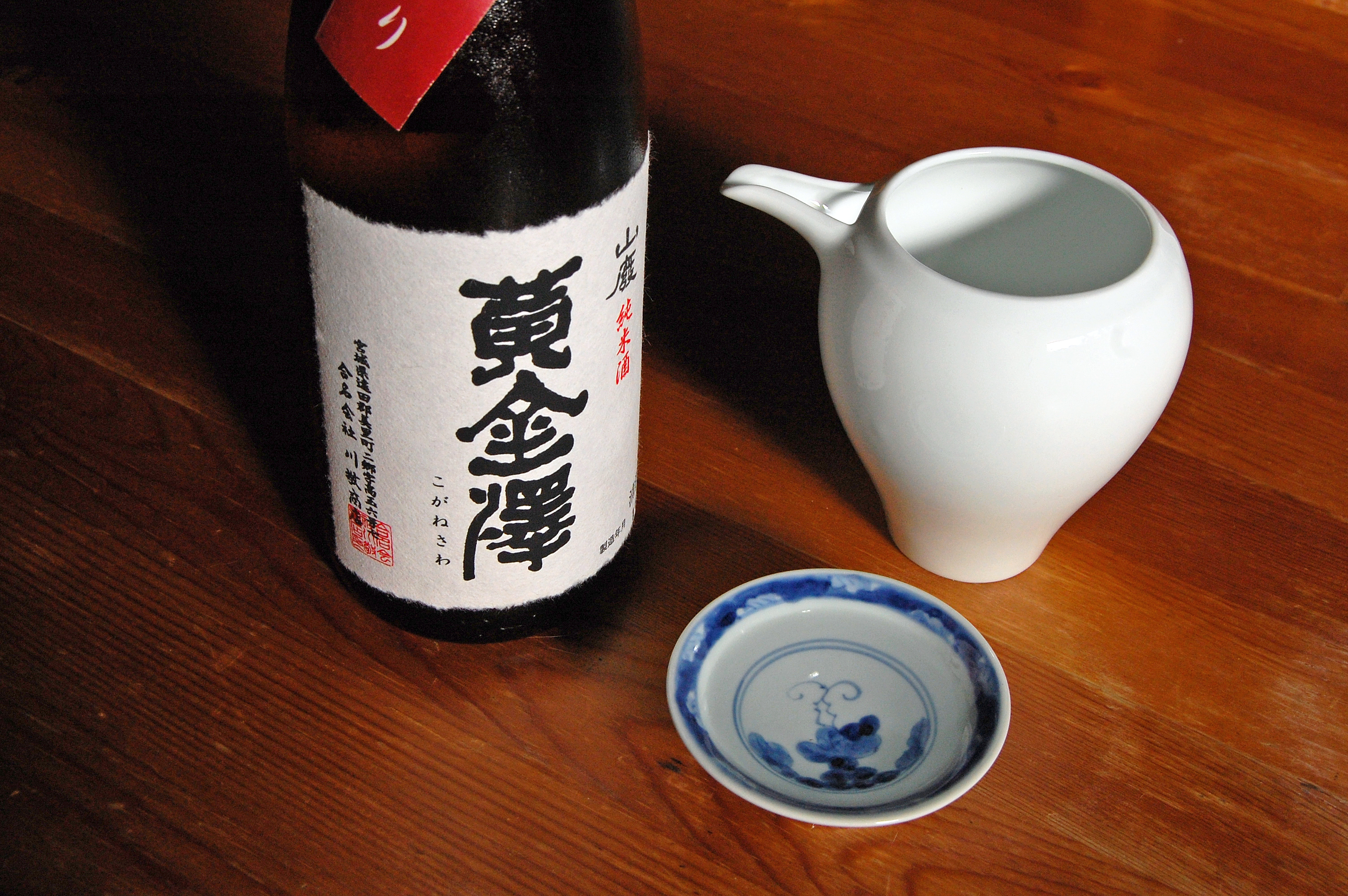My friend Kanako is an ambitious home chef, the kind of person who frequently cooks using clay pots heated over charcoal embers — she would roast a whole pig in a pit if she had the space. On a recent evening, she prepared an astounding feast that included delicacies such as boar, fresh oysters and sweet prawns shipped directly from Hiroshima Prefecture, and a gorgeously marbled block of tankaku-wagyu (short-horned beef) from Iwate Prefecture. As we settled around her dining room table, our hostess brought out each of the precious ingredients, pausing for a moment before introducing the star of the show: a slab of garnet-hued bear meat from Toyama Prefecture.
I've lived in Japan for a long time but have only eaten bear once before. It had arrived unexpectedly as part of the tasting menu at Miyamasou, a kaiseki (Japanese haute cuisine) restaurant located in the mountains north of Kyoto. The chunks of meat had been slow-cooked until meltingly tender and served in a slightly sweet soy broth with wild greens. Far from gamey, the flavor was akin to a cross between beef and venison, with a denser texture. But what makes bear truly remarkable is the thick, creamy-white layer of fat that blankets the musculature and imparts an indescribable richness to the meat.
"It's not just the fat, it's the collagen," Kanako corrected, as she carried a bubbling pot of bear sukiyaki to the table. She had used a rib cut from a young female bear and simmered the gelatin-rich slices with tofu, onions and burdock root in soy sauce and mirin (sweet rice liquor). Because the animal had eaten only nuts in the forest, the meat tasted earthy but clean, with buttery nuances that echoed hazelnuts and walnuts.

















With your current subscription plan you can comment on stories. However, before writing your first comment, please create a display name in the Profile section of your subscriber account page.